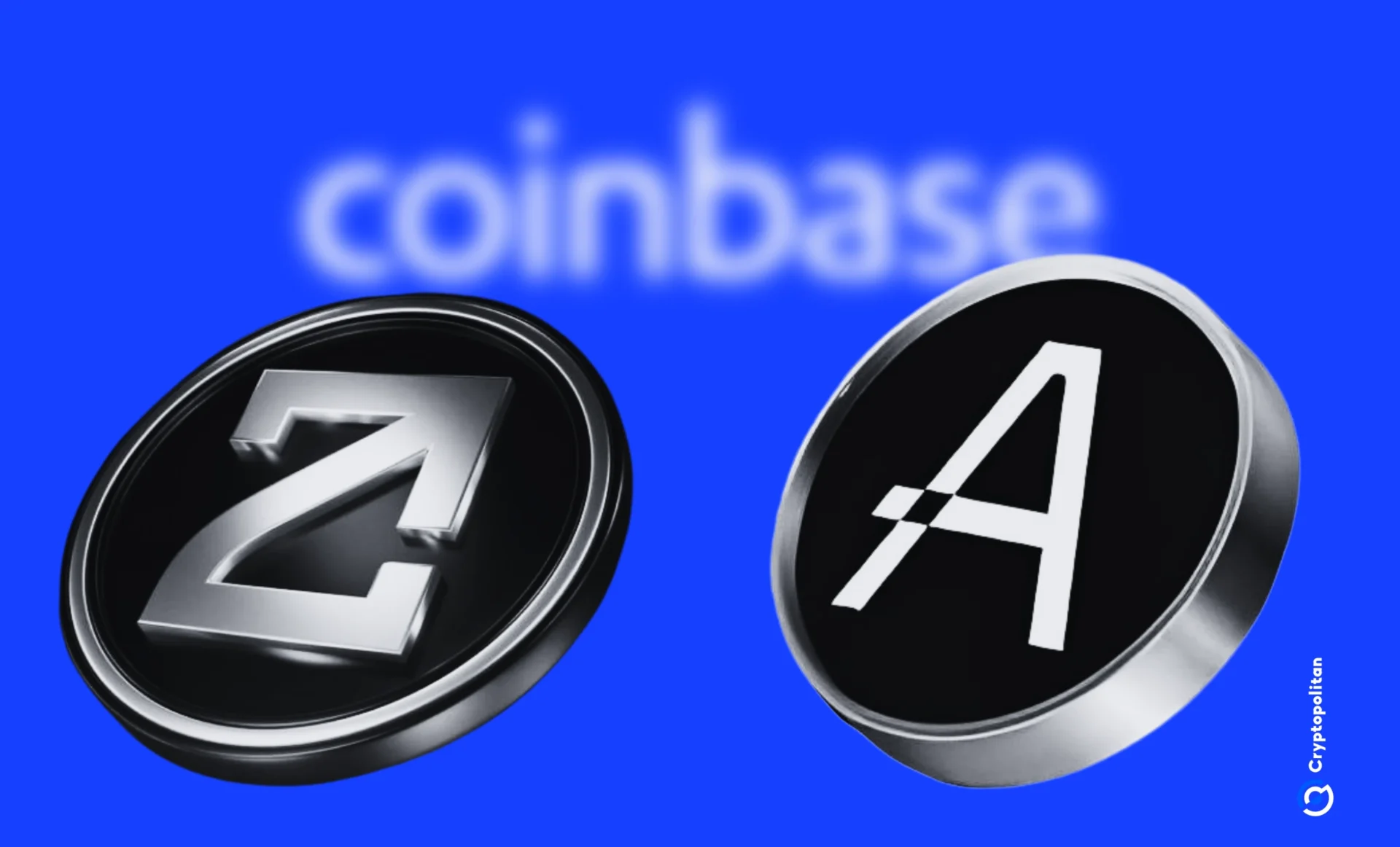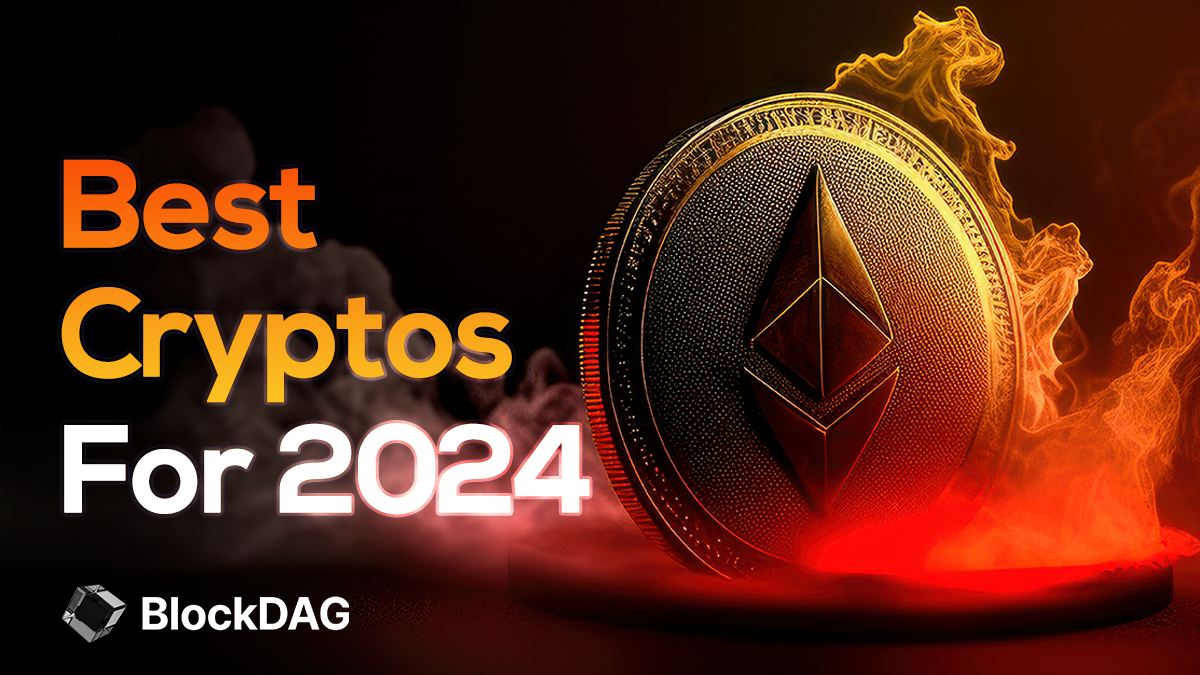
Coinbase has integrated ZetaChain mainnet, a universal layer 1 chain, as a default network in the Coinbase ecosystem. ZetaChain, which was introduced in 2021, will improve the interoperability between Coinbase and other blockchains.
The integration will also provide the exchange investors with institutional custody of ZetaChain’s native coin, ZETA. Investors can access the services through Coinbase Prime, a Coinbase feature that allows multi-venue liquidity access, provides advanced trading strategies, and allows the deployment of capital on a massive scale.
Coinbase and ZetaChain users can trade ZETA on different exchanges through Coinbase Prime as a single access point. The feature also provides anonymity to institutional investors, preventing markets from deciphering the transactions.
The exchange revealed the current interoperability issue among layer 1 blockchains, saying the lack of communication between chains could prevent mainstream adoption of crypto and blockchain. it believes ZetaChain provides connectivity between chains and enables developers and users to operate across networks seamlessly.
Coinbase becomes a validator on ZetaChain
Coinbase is now a ZetaChain validator!
"ZetaChain… lets developers build Universal Apps that natively connect to any other blockchain and users access these apps without switching their desired network." Learn more: https://t.co/pLxYR9Kcio https://t.co/tgPznOuuP7
— ZetaChain (@zetablockchain) October 16, 2024
Coinbase has become one of the validators on the ZetaChain mainnet, availing native ZETA rewards and staking. Having the exchange as a validator is expected to increase the network’s credibility while boosting ZetaChain’s security.
The crypto exchange explained the different types of nodes that work together to keep the universal layer 1 chain functional. The exchange will vote on new blocks as a validator based on how much ZETA the exchange stakes. The exchange also mentioned that ZetaChain users can delegate their staked ZETA to the exchange to earn validator rewards.
Observers are other nodes that monitor important events on external blockchains. These nodes ensure the accuracy of transactions on the blockchain and external chains. On the other hand, signers control the keys of ZetaChain, allow interactions with other chains, and ensure everything is secure. However, no signer can sign off on a decision on the blockchain.
The reward system allows validators like Coinbase to receive 75% of the rewards distributed. Observers and signers each receive 12.5% of rewards.
ZetaChain supports a full integration with Base
ZetaChain recently launched a full integration with Base, Coinbase’s Ethereum layer 2 chain, allowing it to interact with other chains like Bitcoin, Ethereum, Solana, and other networks. The ZetaChain Universal EVM enables the integration, which makes the chain flexible for multichain transactions and communication.
Base users can now access the Universal dApps available on ZetaChain without leaving Base. The interactions ensure users can finish a transaction in one step. ZetaChain also assured users that they could send, view, and pool assets through ZetaHub.
The universal layer 1 chain can benefit from the vast user base of 6 million active users Base has while also tapping into the exchange’s user base. Notably, ZetaChain has previously ranked as one of the top 10 layer 1 chains with the most active users weekly. However, the chain has dropped to the 12th position among layer 1 blockchains, according to DappRadar data.
The ZetaChain universal EVM has also recorded significant progress. The chain has over 148 million transactions made on the ZetaChain EVM, over 1 million cross-chain transactions, over 12,000 dApp contracts, and over 3 million unique addresses recorded.










